In the grocery store aisles not all that glitters is gold, and some deals are designed more to pad store profits than to save your wallet. As you fill your cart, it’s crucial to discern which offers are genuine savings and which are cleverly disguised traps. Here are 15 grocery store deals that often mislead more than they deliver, helping you shop smarter and spend wiser.
1. Buy One Get One Free (BOGO)

The allure of getting a product free can be hard to resist, but BOGO deals often encourage you to purchase items you don’t need. While they seem generous, these promotions can lead to increased spending, especially if the item is perishable. You might end up wasting both food and money when you can’t consume everything before it expires. Instead, focus on BOGOs for non-perishable goods you frequently use.
According to a study by the Journal of Retailing, BOGO promotions can lead to impulsive buying, which retailers capitalize on to boost sales of slow-moving stock. This means you might be buying products that are nearing their sell-by date. To truly benefit, consider sharing the deal with a friend or only buying if it’s a staple in your household. Remember, saving on something you don’t need isn’t really saving at all.
2. Multipack Discounts

Multipack discounts promise savings for buying in bulk, but often, the single-item price is inflated. While grabbing a multi-pack of your favorite snack might seem like a no-brainer, it’s wise to calculate the per-unit cost. Sometimes, the difference between buying individual items and a multi-pack is negligible or even non-existent. This is especially true for products that fluctuate in price based on popularity and demand.
Additionally, multi-packs can create a false sense of necessity, pushing you to buy more than you need. This could lead to higher waste if the additional items are perishable or if you simply tire of the product. Before reaching for that oversized bundle, think about how long it will take you to get through it. If it’s more than a week or two, you might be better off buying less.
3. “Special” Seasonal Items

Seasonal items dressed in festive packaging can make them seem exclusive and worthy of the premium price tag. Often, these products are regular items with a seasonal twist, like pumpkin spice or peppermint flavoring. The novelty might wear off quickly, and you’re left with an overpriced pantry full of barely touched goods. It’s crucial to question whether the seasonal flavor justifies the cost.
A report from Consumer Reports highlights that seasonal items often come with a markup due to their limited-time nature and the hype around them. This means you could be paying extra for items that aren’t substantially different from their standard counterparts. Ask yourself if the seasonal element genuinely enhances your experience. If not, stick to what you know and love throughout the year.
4. “Family Size” or “Value Pack”

Larger packages branded as “Family Size” or “Value Pack” imply you’ll get more product for less money. However, this isn’t always the case, as the larger sizes can sometimes have a higher per-unit cost than their smaller counterparts. This sneaky tactic banks on consumers’ assumptions rather than actual savings. It’s essential to do a quick comparison of the unit prices to ensure you’re getting a true bargain.
Furthermore, these oversized products can lead to increased consumption and waste. You might find yourself using more than necessary simply because you have it in abundance. Unless you’re feeding a large group or have a specific plan for usage, opting for smaller quantities might be more economical. Always check the math and your needs before committing to the bigger package.
5. “Healthy” or “Organic” Labels

The trend towards healthier eating has led many grocery stores to capitalize on “healthy” and “organic” labels, often accompanied by higher price tags. While these options can be genuinely beneficial, not all products labeled as such differ significantly from their conventional versions. Sometimes, the word “organic” is used to justify charging more for a product that’s nearly identical in nutrition to its cheaper counterpart. It’s essential to examine the labels and ingredients closely.
The USDA provides guidelines for what qualifies as organic, but not all products adhere strictly to these standards despite their labeling. A study published in the Public Health Nutrition journal found that many consumers perceive products with health-related labels as healthier regardless of the actual content. Don’t let buzzwords dictate your purchasing decisions. Look beyond the label for true nutritional value and consider if the premium is justified by your dietary goals.
6. Loyalty Card “Savings”

Loyalty cards promise special prices and rewards, but the upfront discounts might not be as valuable as they seem. Often, grocery stores use these programs to gather data on your shopping habits, offering coupons and deals that encourage spending rather than saving. The discounts might lead you to buy items you wouldn’t typically purchase, effectively increasing your spending. Remember, the purpose is to keep you coming back, not necessarily to help you save money.
Moreover, loyalty programs can make you feel obligated to shop at one specific store, even if another offers better prices. This can limit your shopping freedom and prevent you from taking advantage of better deals elsewhere. If a loyalty card doesn’t align with your usual shopping habits or doesn’t offer significant rewards, it might not be worth it. Consider if the benefits truly outweigh the potential increase in your grocery bill.
7. “Limited Time” Offers

“Limited time” offers create a sense of urgency, pressing you to make a purchase before you’ve fully considered whether you need the item. Retailers use this tactic to drive sales, leaning into the fear of missing out. But more often than not, these items are not as exclusive or scarce as they appear. The pressure to buy quickly can lead to regrettable purchases.
A study from the Journal of Consumer Research highlights that urgency can cloud judgment and lead to impulsive buying decisions. These offers are designed to capture your attention and your dollars, capitalizing on the thrill of snagging a “deal.” To counter this, give yourself time to consider if the product is something you truly need. More often than not, you’ll find the deal returns or wasn’t really worth it from the start.
8. Pre-Cut Produce
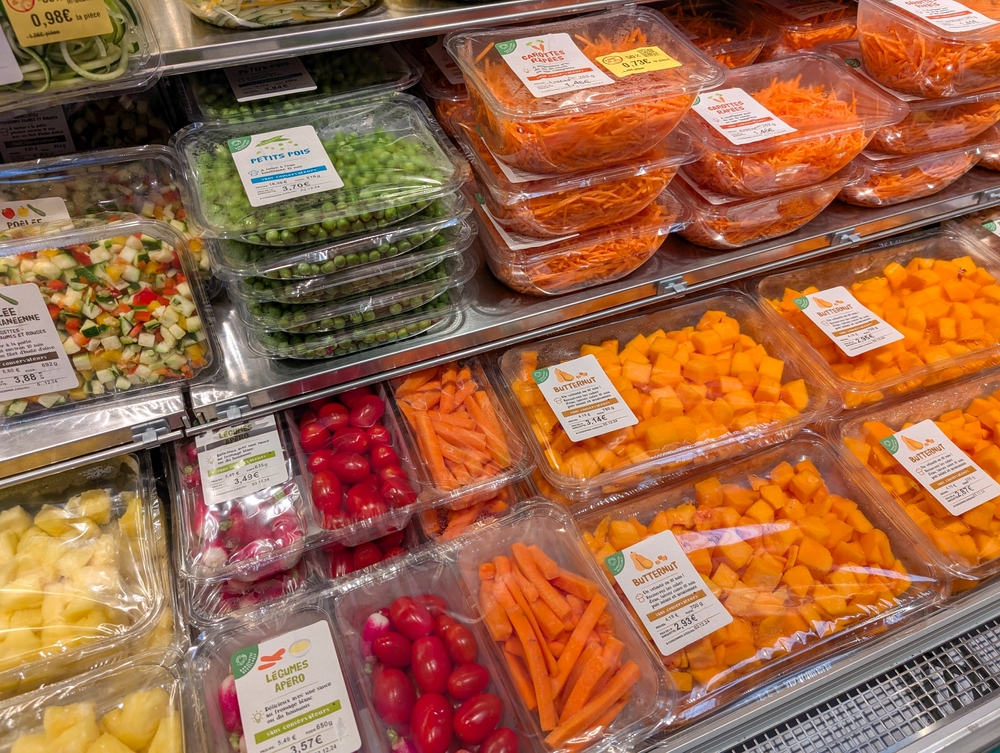
Pre-cut fruits and vegetables might seem like a convenient choice for busy lifestyles, but they often come with a significant markup. You’re essentially paying for the labor of having someone else prepare your produce, which can double or triple the cost compared to whole items. Moreover, pre-cut produce tends to spoil faster, leading to potential waste. Consider if the time saved is truly worth the extra expense.
In addition to the higher price, pre-cut produce can also lose some nutritional value due to exposure to air and light. You might be sacrificing both money and nutrients for convenience. Instead, buy whole produce and spend a few extra minutes chopping it yourself. You’ll likely find that the savings in cost and freshness are well worth the effort.
9. “New and Improved” Products

The promise of a “new and improved” product can be enticing, suggesting that it’s better than its predecessor or competitors. However, these claims can be more about marketing than substantial enhancements. Often, the changes are superficial, like packaging tweaks or slight modifications in flavoring. Before you jump to try something new, assess whether the improvements are meaningful or merely cosmetic.
These products can also come with a higher price tag, riding on the excitement of novelty. You might find that the original version works just as well and is more cost-effective. If you’re hesitant, wait for reviews or try a sample before committing to a full purchase. This way, you can make an informed decision without falling for the allure of “newness.”
10. “Exclusive” Store Brands

Store brands marketed as “exclusive” can give the impression of being specially curated or of higher quality, justifying a higher price. These products often mimic popular branded items but are positioned as a premium offering. In reality, they can be nearly identical to regular store brands in terms of quality. It’s essential to compare prices and ingredients to see if the exclusivity is merely branding.
Despite the prestige that comes with exclusive store brands, they might not offer any significant advantage over their conventional counterparts. The perceived uniqueness can tempt you to spend more than necessary. Instead, focus on the value and quality rather than the exclusivity. Chances are, you’ll find a similar product for less without compromising on satisfaction.
11. “Buy More, Save More” Promotions
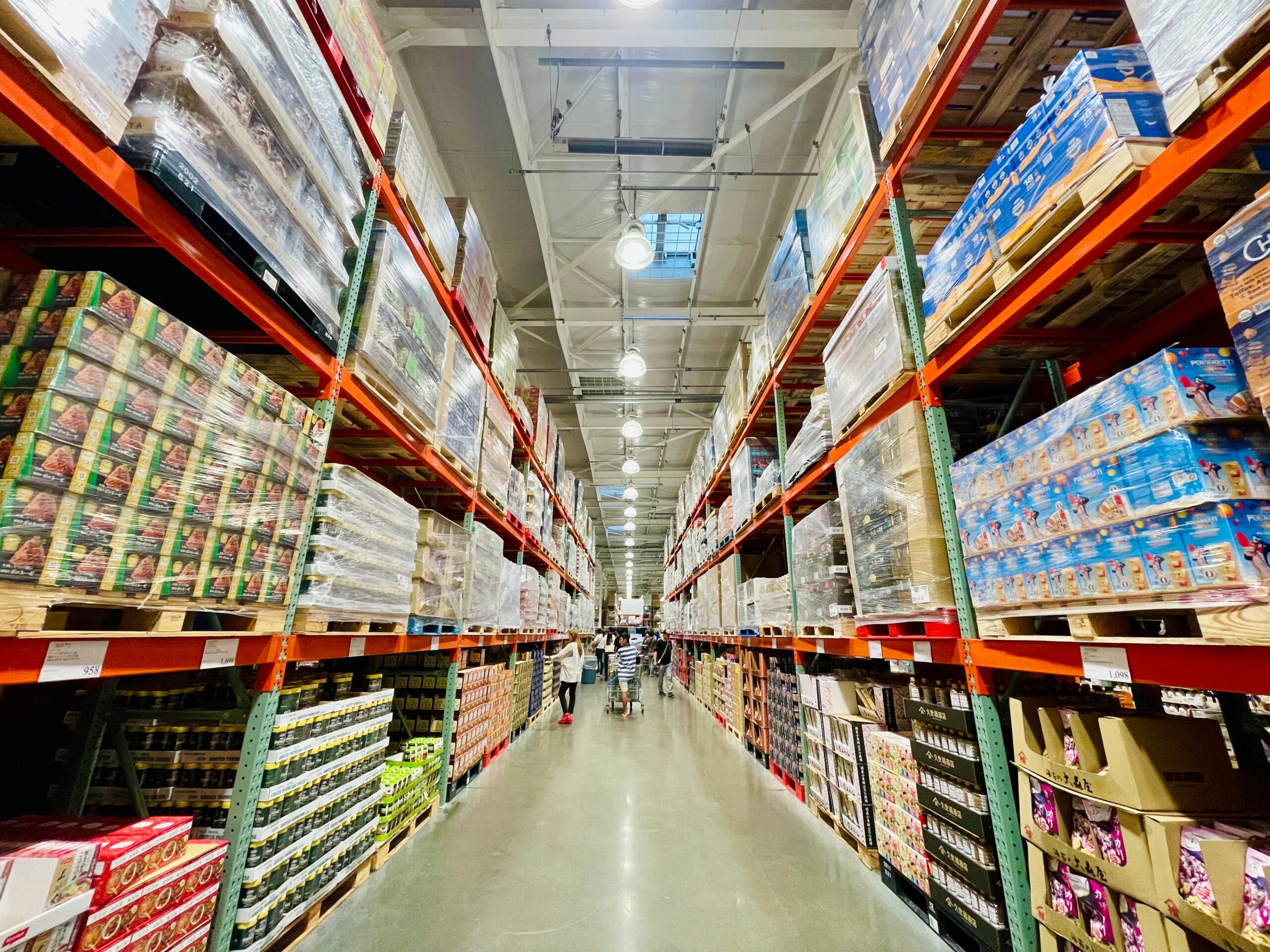
“Buy more, save more” deals promise greater savings for larger purchases, but they can lead to overspending. The enticing discounts encourage you to buy more than you need, increasing the risk of waste. If the items are perishable or not frequently used, the deal might end up costing you money instead of saving it. Assess your actual needs before succumbing to the allure of bulk buying.
Moreover, these promotions can tempt you to stock up on items that don’t fit your budget or storage capacity. It’s easy to overlook the immediate cost when presented with the potential for savings. Be realistic about what you can consume or store, and remember that not all deals are as beneficial as they appear. A smaller, more thoughtful purchase can be more economical in the long run.
12. “10 for $10” Offers
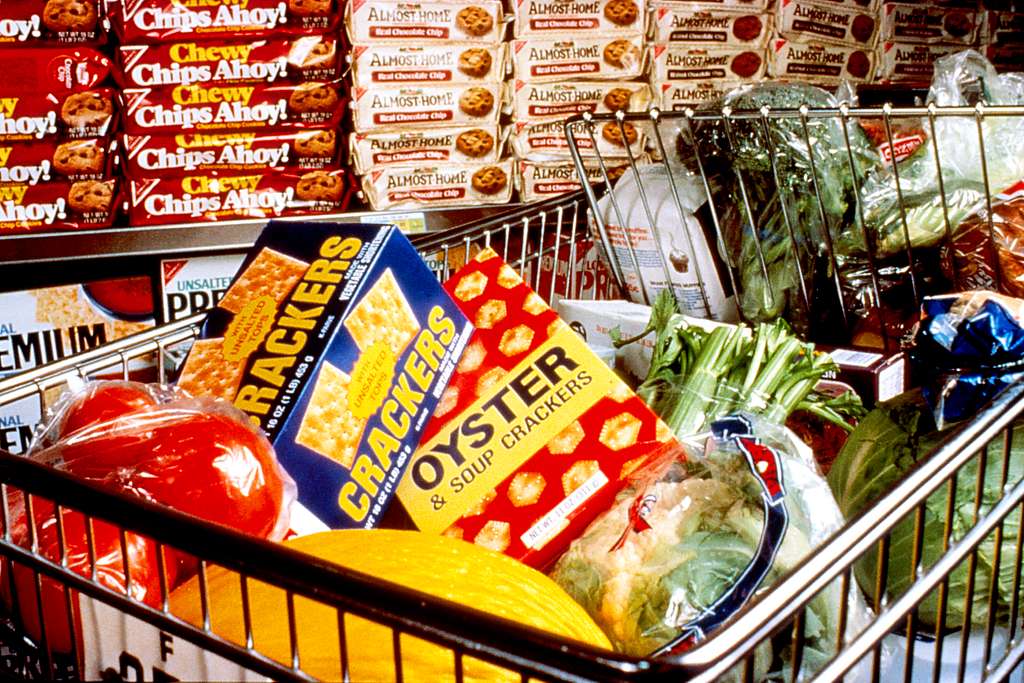
The “10 for $10” promotion makes you feel like you’re getting a great bargain, but it can be misleading. The truth is, you often don’t need to buy all ten items to get the deal, and the per-unit cost might not even be a discount. You can end up buying more than you need, leading to waste and overstocking. Always check if the pricing holds for smaller quantities and buy only what you need.
Such promotions can create a hoarding mentality, pushing you to grab more items under the guise of savings. Retailers use this tactic to move inventory quickly, banking on your instinct to bulk buy. Evaluate whether the deal truly benefits you or if it’s just an illusion of savings. Opt for flexibility and mindfulness over the pressure of arbitrary quantity requirements.
13. “Free” Sample Coupons

Free sample coupons seem like a win, offering a no-cost way to try new products. However, they often require you to purchase something else first, leading to unintended spending. You might end up buying products you don’t usually use, just to redeem the free sample. This can inflate your grocery bill with items outside your regular budget.
Additionally, free samples can tempt you into liking a product you wouldn’t have tried otherwise, locking you into future purchases. This is the retailer’s aim — to get you hooked on something new. Weigh the value of the free sample against your typical shopping needs. If the required purchase isn’t something you’d buy anyway, reconsider the true cost of that “free” offer.
14. End Cap Displays
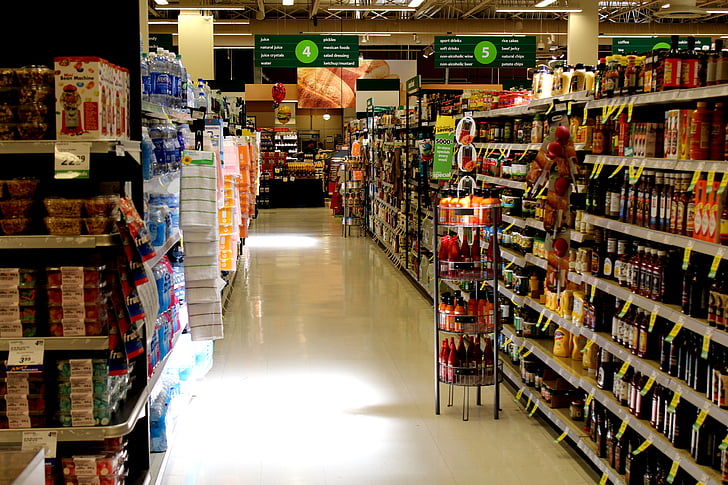
End cap displays showcase deals that seem irresistible due to their prominent positioning and colorful signage. These displays are strategically placed to catch your eye, but they often feature higher-margin products rather than genuine savings. Retailers use them to lure you into buying items that may not be on your list. It’s essential to critically evaluate whether the displayed products are truly discounted.
The prominent placement can lead to impulse purchases that derail your shopping budget. These displays may not offer the best deals in the store, despite their enticing appearance. Stay focused on your shopping list and compare prices before succumbing to the temptation of an end cap. This mindful approach will help you navigate the store strategically and economically.
15. “Bundle” Meal Deals
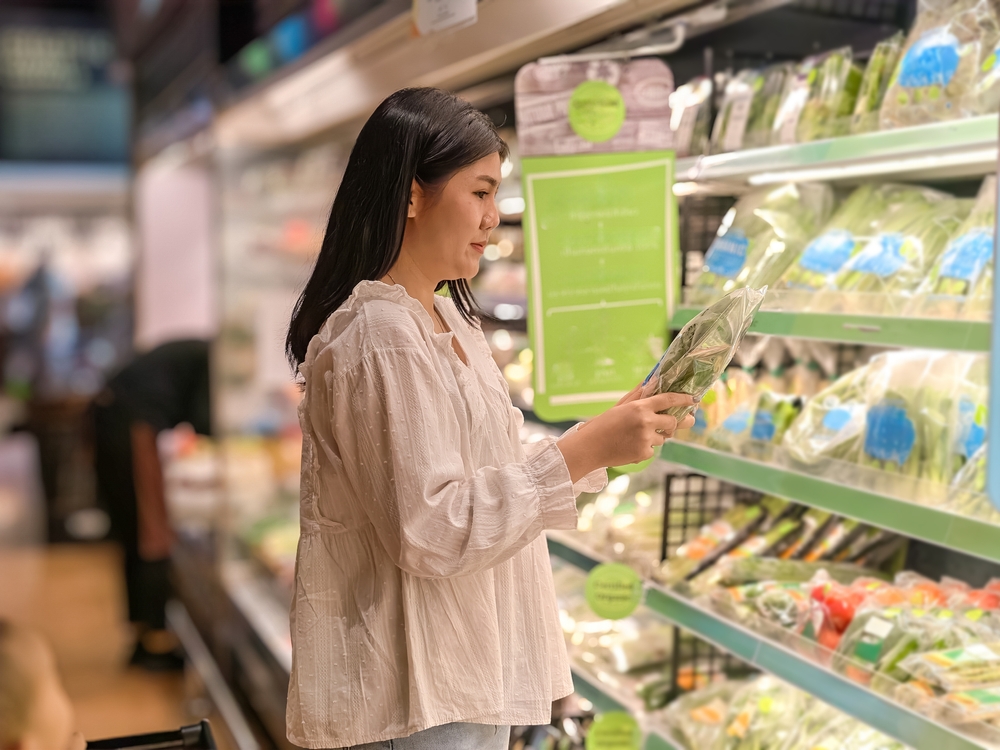
Bundle meal deals promise convenience and savings by grouping items needed for a meal together. While these offers can simplify meal planning, they’re often priced higher than purchasing the items separately. The convenience comes at a cost, as the individual components of the bundle might not be discounted. Take a moment to break down the bundle price and compare it with buying each item on its own.
These deals can also limit your meal creativity and flexibility, pushing you into buying items you might not need or want. They cater to the idea of complete meals but can lock you into a rigid menu. Instead, shop based on your own meal plans and dietary preferences for more efficient spending. By doing so, you can enjoy fresh, tailored meals without the pressure of pre-selected options.
This article is for informational purposes only and should not be construed as financial advice. Consult a financial professional before making investment or other financial decisions. The author and publisher make no warranties of any kind.








